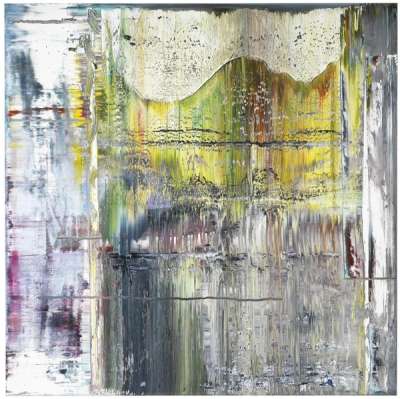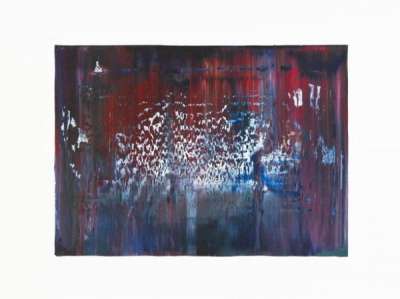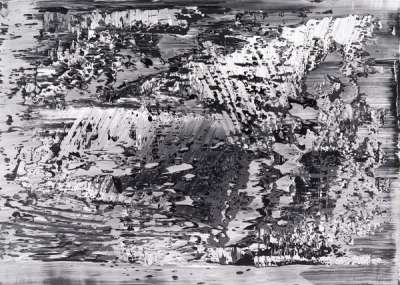
Abstraktes Bild (P1)

Abstraktes Bild (P1)
Unsigned Print
Gerhard Richter
£21,000-£30,000Value Indicator
$45,000-$60,000 Value Indicator
$40,000-$60,000 Value Indicator
¥200,000-¥280,000 Value Indicator
€25,000-€35,000 Value Indicator
$210,000-$300,000 Value Indicator
¥4,030,000-¥5,760,000 Value Indicator
$27,000-$40,000 Value Indicator
AAGR (5 years) This estimate blends recent public auction records with our own private sale data and network demand.
There aren't enough data points on this work for a comprehensive result. Please speak to a specialist by making an enquiry.
Medium: Digital Print
Edition size: 500
Year: 1990
Size: H 92cm x W 126cm
Signed: No
Format: Unsigned Print
TradingFloor
Track this artwork in realtime
Watch artwork, manage valuations, track your portfolio and return against your collection
Track auction value trend
Auction Results
| Auction Date | Auction House | Location | Hammer Price | Return to Seller | Buyer Paid |
|---|---|---|---|---|---|
| June 2024 | Germann Auctions | Switzerland | |||
| January 2024 | Phillips London | United Kingdom | |||
| November 2023 | Forum Auctions London | United Kingdom | |||
| June 2023 | Phillips London | United Kingdom | |||
| June 2022 | Bonhams New Bond Street | United Kingdom | |||
| December 2021 | Phillips London | United Kingdom | |||
| October 2021 | Phillips London | United Kingdom |
Meaning & Analysis
Produced in 1990, Abstraktes Bild (P1) is an unsigned digital print by German artist Gerhard Richter. Part of the Abstract collection, it was issued in a limited edition of 500. Comprising an array of colours, the work foregrounds Richter’s signature approach to painterly abstraction, which he achieves via the extended use of large-scale squeegees and ‘classic’ hues of oil paint.
Instantly recognisable as an example of Richter’s work, Abstraktes Bild (P1) speaks to the complexity and diversity of the seminal German artist’s deconstructive approach to painting. Contrasting with Richter’s historical, photographic paintings, such as Elisabeth II (1966) and the world-famous 48 Portraits (1972) series, which showcase an intricate, photorealist approach to likeness, this work is characterised by looseness of touch. Leaving his practice open to the generative possibilities of error, here Richter adorns the canvas with a base of block colour; working over the space of several hours, Richter then adds – and removes – layers of other colours to reveal a dynamic, granular view of their dramatic interaction.
Like many others in the Abstract collection, this work references Richter’s strict socialist realist training, which he received at the Dresden Academy during the 1960s. Then under the aegis of East Germany’s ruling SED – or Socialist Unity Party – and within the Soviet sphere of influence, the art school was restrictive. Together with the Documenta II exhibition (1959), held in the West German city of Kassel and featuring works by Jackson Pollock and Pablo Picasso, its limitations pushed Richter to first leave East Germany, and later call for the ‘death’ of ‘painting itself’.
Hailing from Germany, Gerhard Richter has not been confined to one visual style. A testament to versatility and artistic diversity, Richter's work spans from photorealism to abstraction and conceptual art, and his portfolio is rich in varied media. From creating bold canvases to working on glass to distort the lines between wall-based art and sculpture, Richter has honed in on the blur technique to impart an ambiguity on his creations. To this day, Richter is one of the most recognised artists of the 20th century with his art having been presented in exhibitions worldwide. His global impact underscores his legacy as a trailblazer of artistic exploration.




